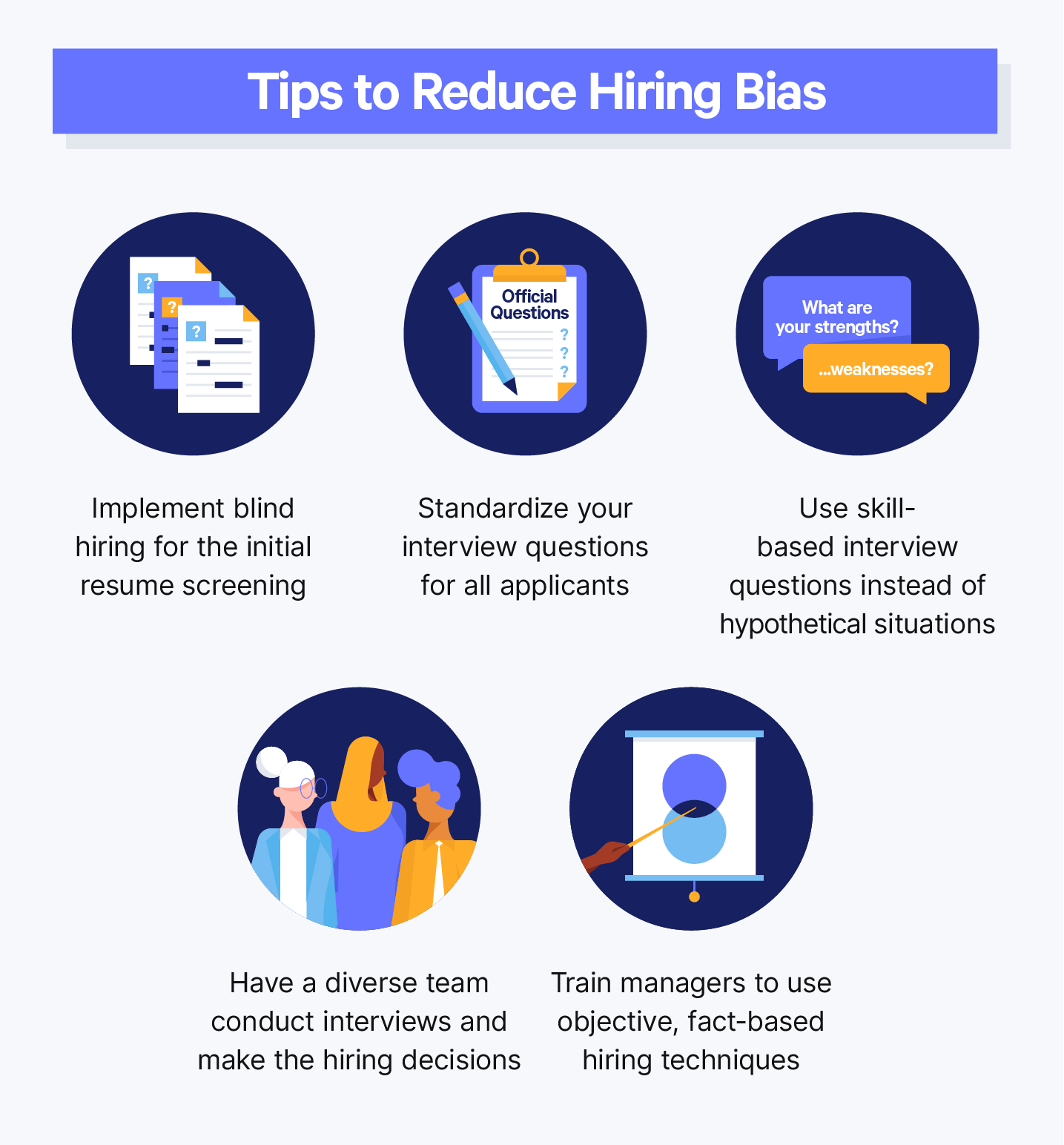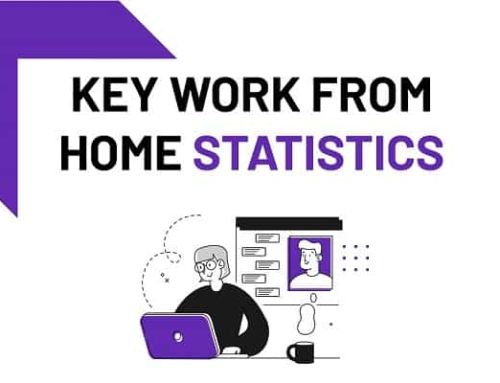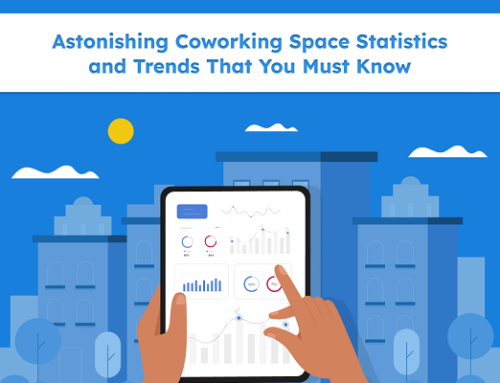Bias can manifest itself both consciously and unconsciously throughout the hiring process, and can occur as early as the resume-screening phase.
To help your company integrate more inclusive hiring practices, Embroker provides actionable tips on reducing hiring bias.
What is Hiring Bias?
Hiring bias is a type of unconscious bias, which is defined as “unsupported judgments in favor of or against one thing, person, or group as compared to another, in a way that is usually considered unfair.” This bias “occurs automatically as the brain makes quick judgments based on past experiences and background.”
Common factors contributing to hiring bias include age, ethnicity, physical ability, and gender.
Unconscious bias may appear throughout the hiring process and may cause hiring managers to favor certain candidates over others without realizing it.
The Importance of Tackling Bias
Biases can negatively shape and impact your company culture if left unchecked. Conversely, combatting hiring bias and diversifying your teams lead to a number of benefits for your company, such as:
- Increase in revenue: Companies with “above-average diversity” have 19% higher revenues.
- Increase in productivity: Diverse teams deliver 60% better results.
- Improved trust among staff: Diversity practices are directly linked to levels of employee engagement, trust, and value.
- Attracts top talent: Over 85% of millennials prioritize working for a business that conducts itself ethically and responsibly.
Company diversity is integral to your company’s workplace culture and affects employee engagement, so it’s important to make it a priority.
Tips to Prevent Hiring Bias
Since hiring biases may be present at any stage of the recruitment process, from screening to interviewing, it’s important to come up with strategies to combat them at every stage.
Here are some tips to reduce hiring bias for your company:
- Optimize job postings: Use gender-neutral language in job descriptions and reach out to a diverse candidate pool.
- Diversify hiring staff: Create a hiring team consisting of members varying in age, ethnicity, and gender.
- Implement blind hiring: Obscure personal information on resumes so you can objectively evaluate candidates based on skills and experience.
Additional tips can be found in the infographic below.
Recognizing hiring biases and implementing measures to reduce bias are the first steps toward creating a more inclusive workplace for your company.







Leave A Comment